Partners in the Spotlight
Selected integrations
AXIS ACAP - Parquery in-camera
Fotokite - Parking & Traffic Surveys
Parquery works with ANY camera
Automatically regulate traffic lights in real-time to reduce congestion, cut down travel time, and improve public satisfaction
Most drivers have at least once been sitting tight, fuming at lights that unwaveringly remained red although the intersection was empty. Or crawling at a snail’s pace towards the junction, waiting for several full light cycles because the road is so congested.
Traffic lights can now be controlled demand-driven with cameras: these detect waiting vehicles and trigger the traffic lights. The technology behind this is Parquery's artificial intelligence (AI): it analyzes the video footage and automatically determines which traffic lights need to be red and which green to optimize traffic flow.
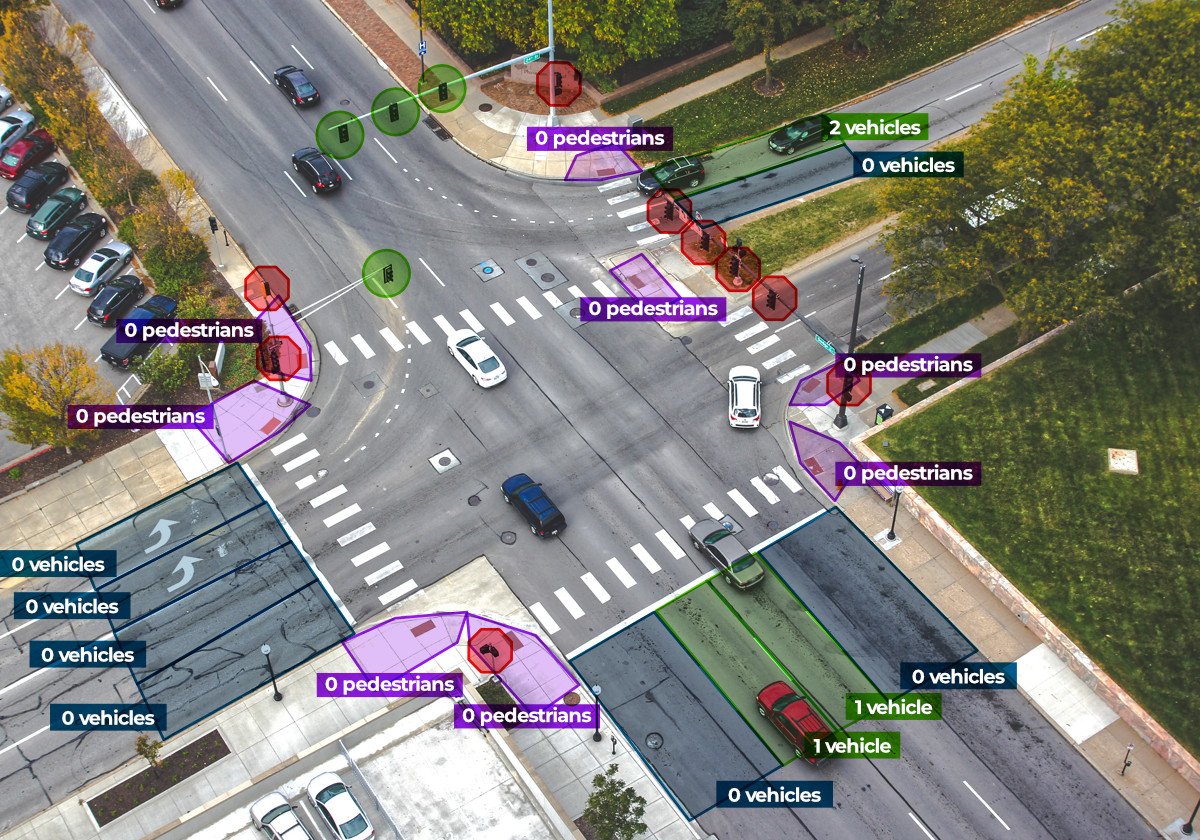
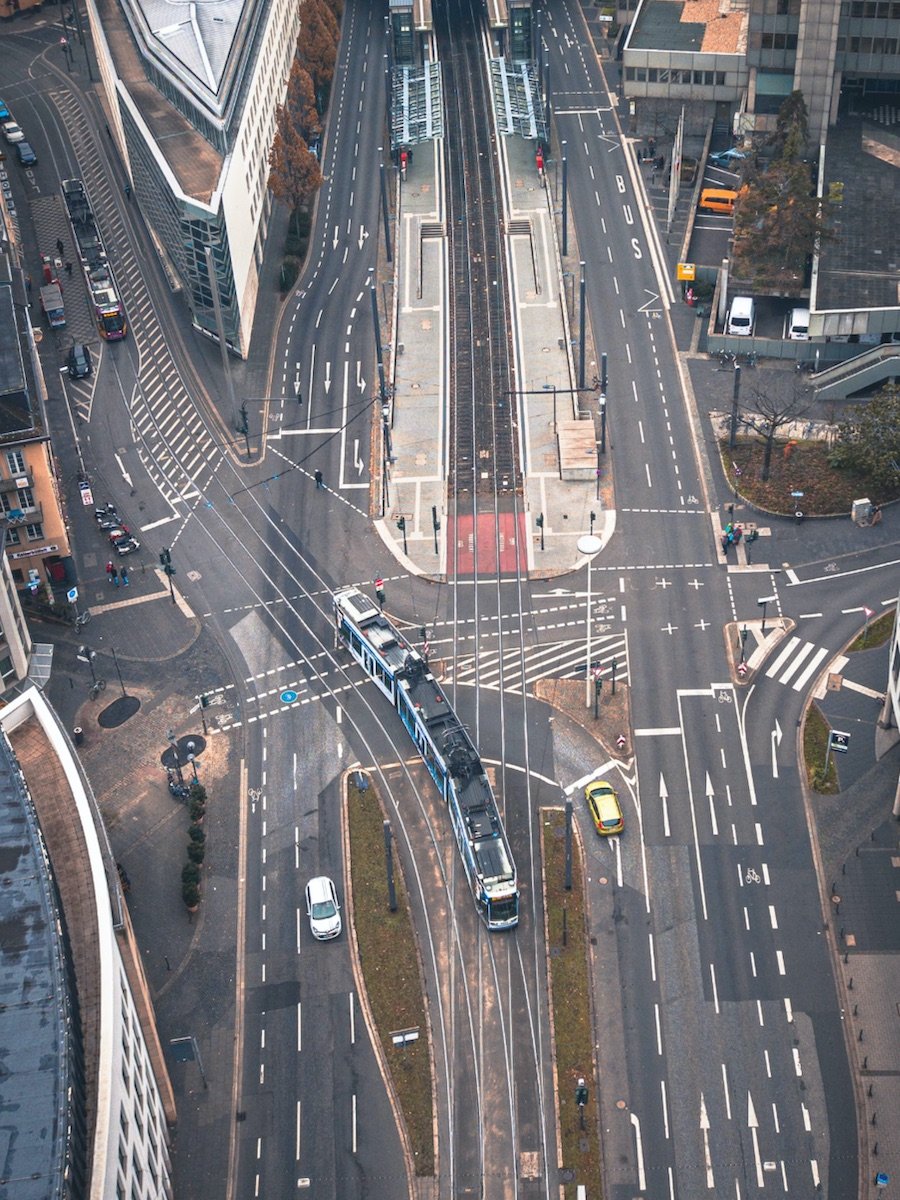
In contrast to conventional detection loops, there is no limit to the number of virtual loops with Parquery’s innovative camera solution.
Use adaptive signal control on any intersection: small T-junctions, large roundabouts, and complicated multi-lane crossings with different road users.
Accomplish adaptive traffic signals for any road user, not just cars and trucks. Parquery’s powerful Artificial Intelligence (AI) algorithms work for any road user, whether a vehicle, tram, motorbike, e-scooter, bicycle, or pedestrian.
Thus, you can prioritize different user groups, e.g. direct trucks on certain routes, or encourage alternatives to the private car.
For example, implement a green wave for cyclists at the expense of car traffic. Seeing cyclists race ahead might lower the threshold for drivers to switch their car for a bike next time.
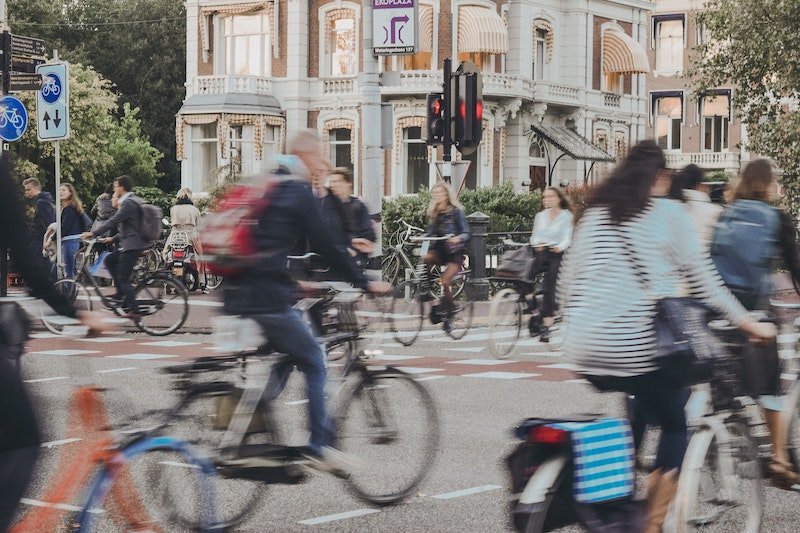
It’s as easy as putting up a CCTV surveillance system: Install a camera and create virtual loops where you need them in no time without traffic disruptions, scheduling heavy construction works, or scarring the street surface.
Use existing cameras or install new ones. Parquery’s solution can work with any camera, on-site or locally.
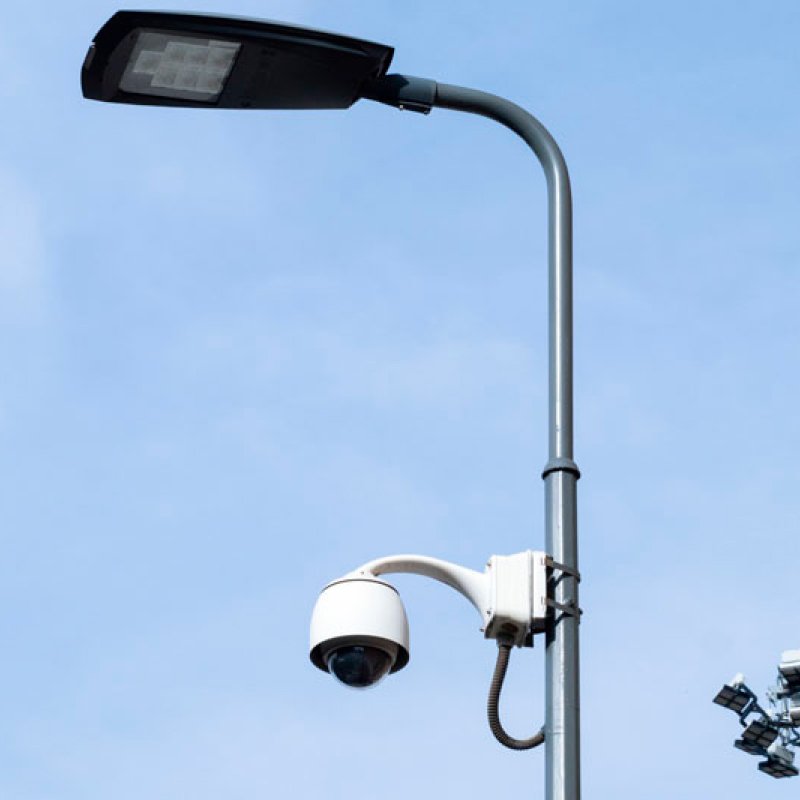
Our solution adjusts to any road surface, paved and unpaved - whether tarmac, concrete, gravel, or a patchwork - no need to wait for the budget to redo the road first. Damaged pavement that is problematic for traditional detection loops, does not affect Parquery:

Patched-up roads

Cobbled streets

Inductive loops are a conventional means to address variable traffic demand. They are wires embedded in the pavement that trigger the light upon measuring the change in the magnetic field when a large metal object (a car or truck) passes over. However, they proved unreliable, particularly for smaller vehicles and motorbikes, and fail often for user groups like pedestrians and cyclists.
For each induction loop, a trench has to be cut into the road surface. This requires civil works and stopping the traffic during construction. The damage inflicted to the pavement is a particular concern where temperatures drop below freezing in winter. Water can intrude into the road surface layer where it is cut, freeze and might break and deteriorate.
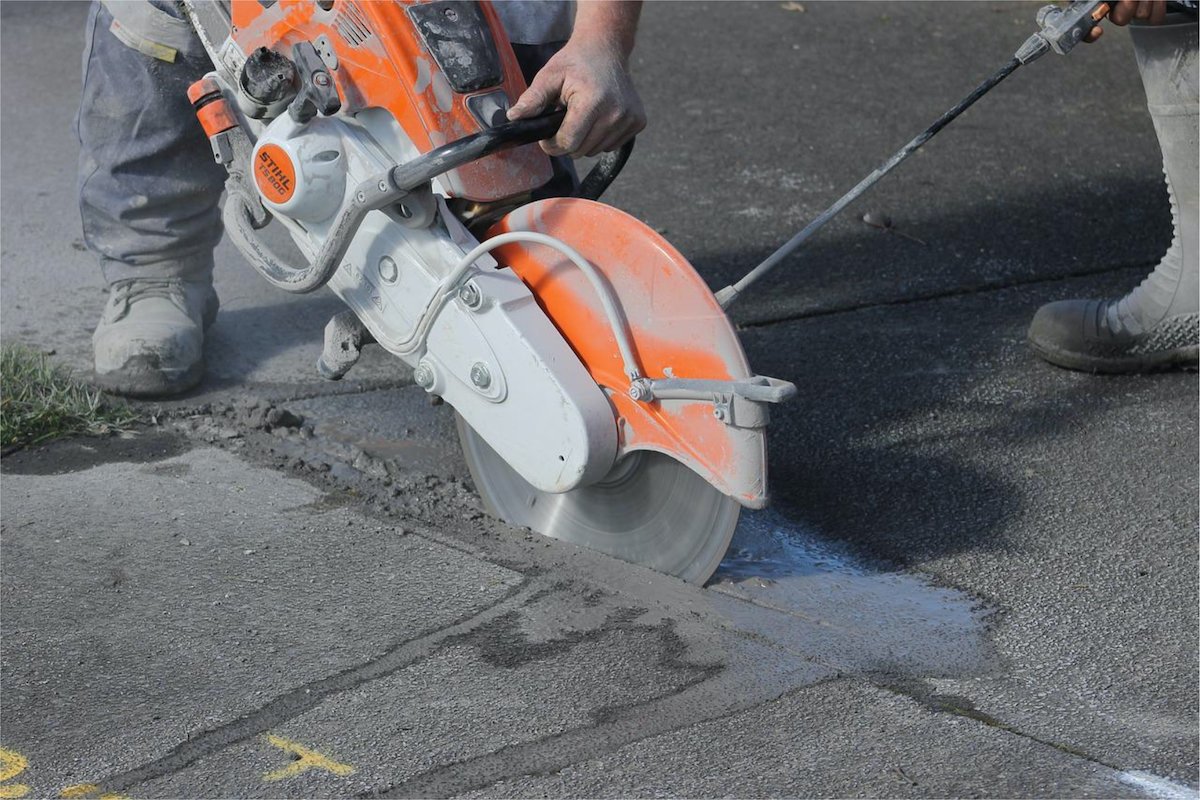
Camera-based virtual loops offer a destruction-free alternative to conventional vehicle detection.
Building on a successful project on camera-based incident detection on behalf of the province of Utrecht, Parquery took on the challenge of replacing induction loops with cameras. The cameras installed at a busy intersection additionally served to survey the modality split - vehicles, motorbikes and bicycles.
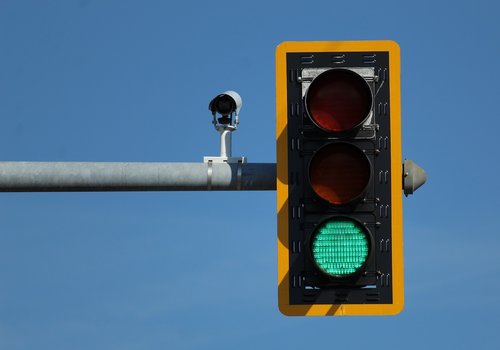
A major Swiss corporation needed an AI-controlled traffic signal for delivery staging. The ramps are monitored with our AI-solution, and when a ramp becomes free, the next truck parked in the waiting area is guided onwards by a light signal.
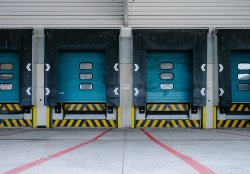
Get ahead of the chaos.
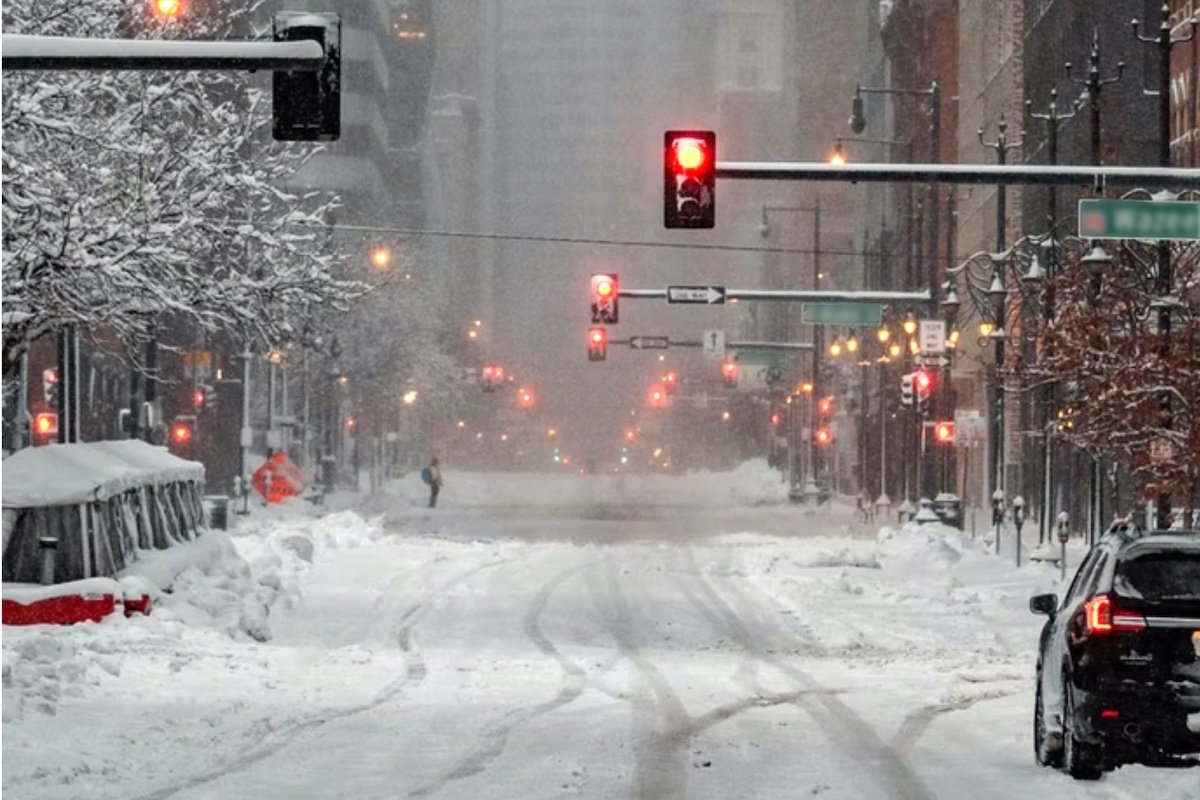
Make the city safer and more liveable, foster change, and make policies based on evidence.
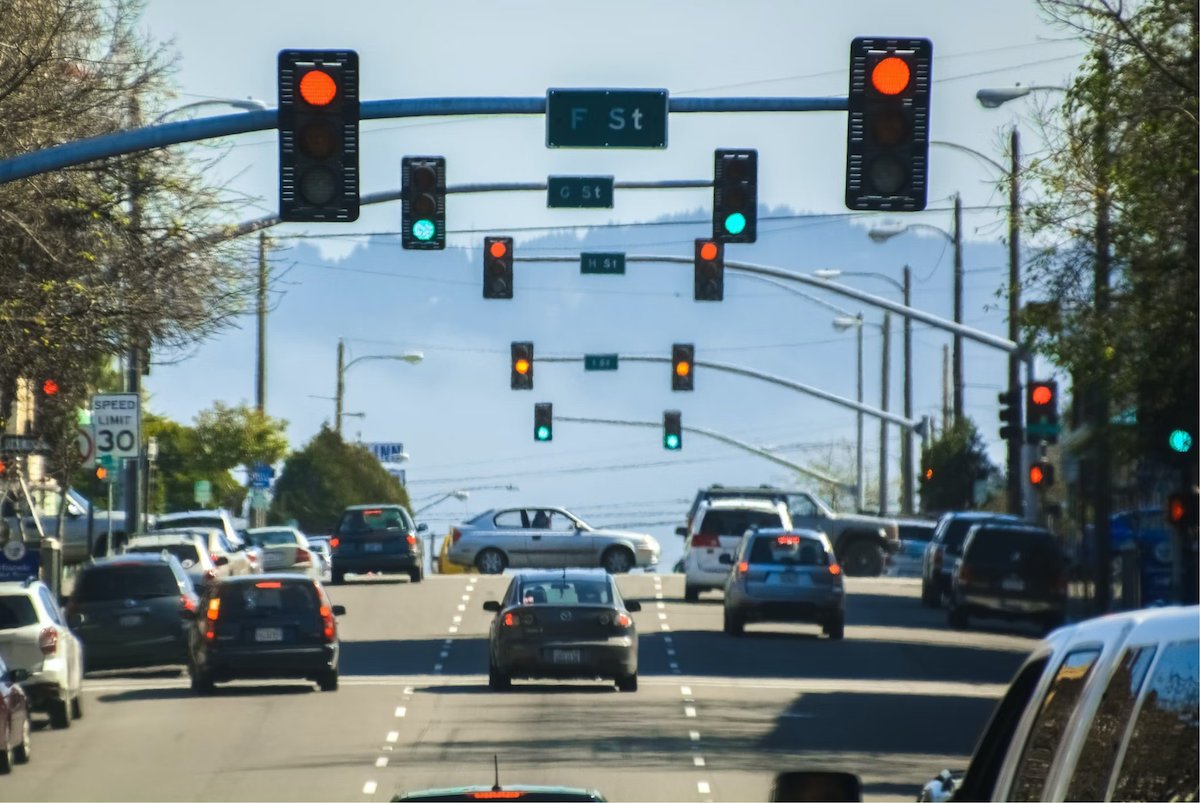

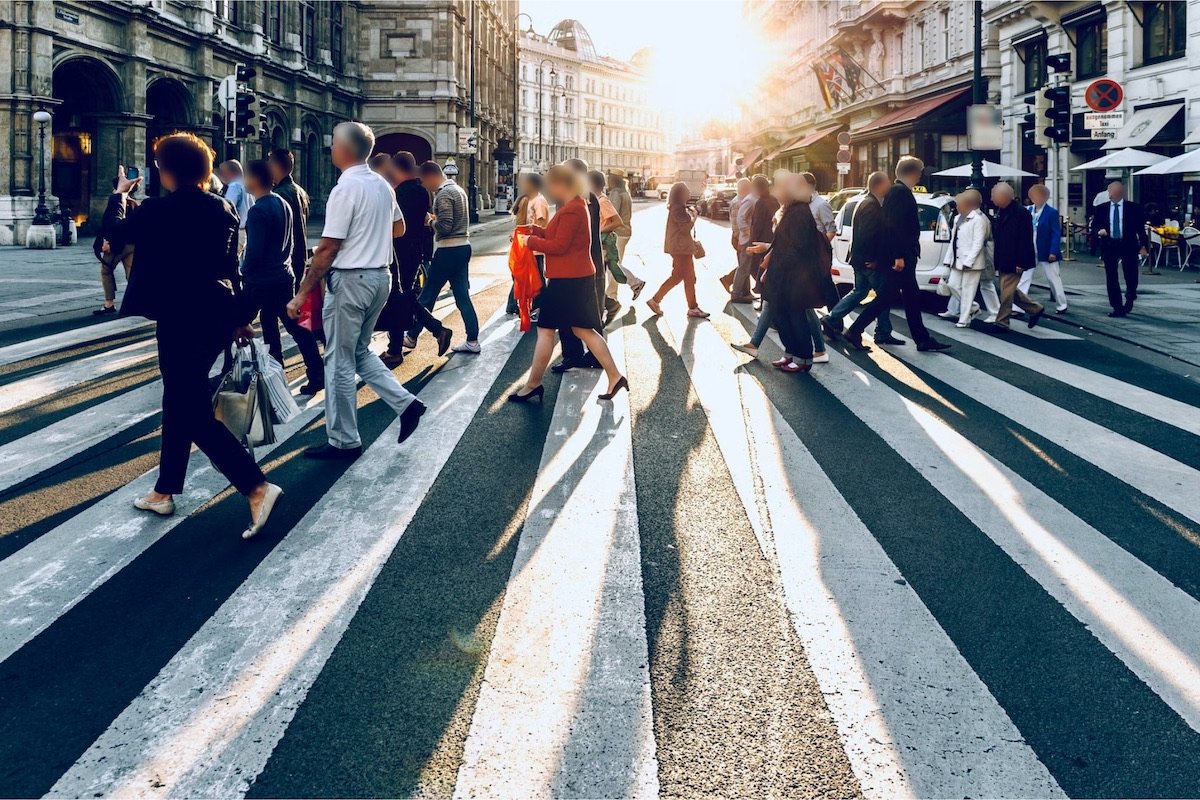
Peace of mind with reliable traffic infrastructure and technical equipment
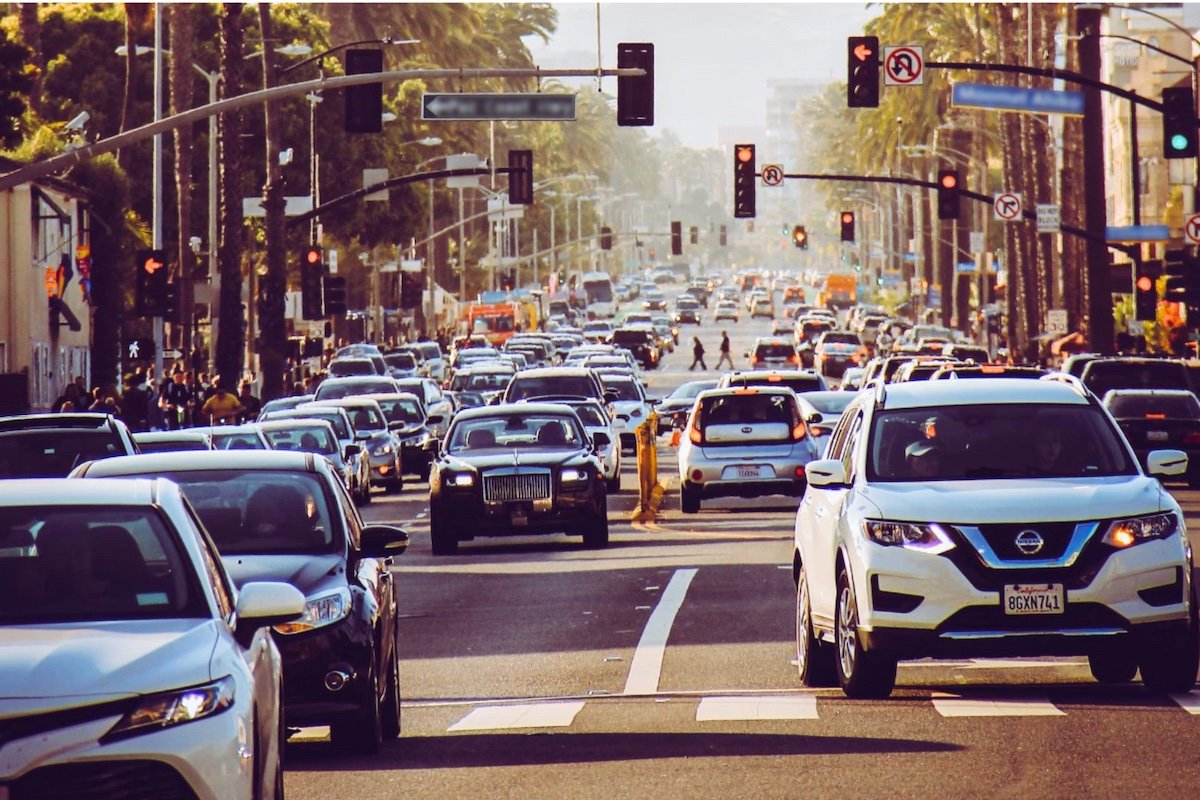
Our software runs on a small edge computer directly on site.
Thus, video data never leaves the location.
We do not record private data and strictly comply with the General Data Protection Regulation (GDPR) and the Swiss Federal Act on Data Protection (FADP).
Our dedicated data protection page explains how and which options are available.